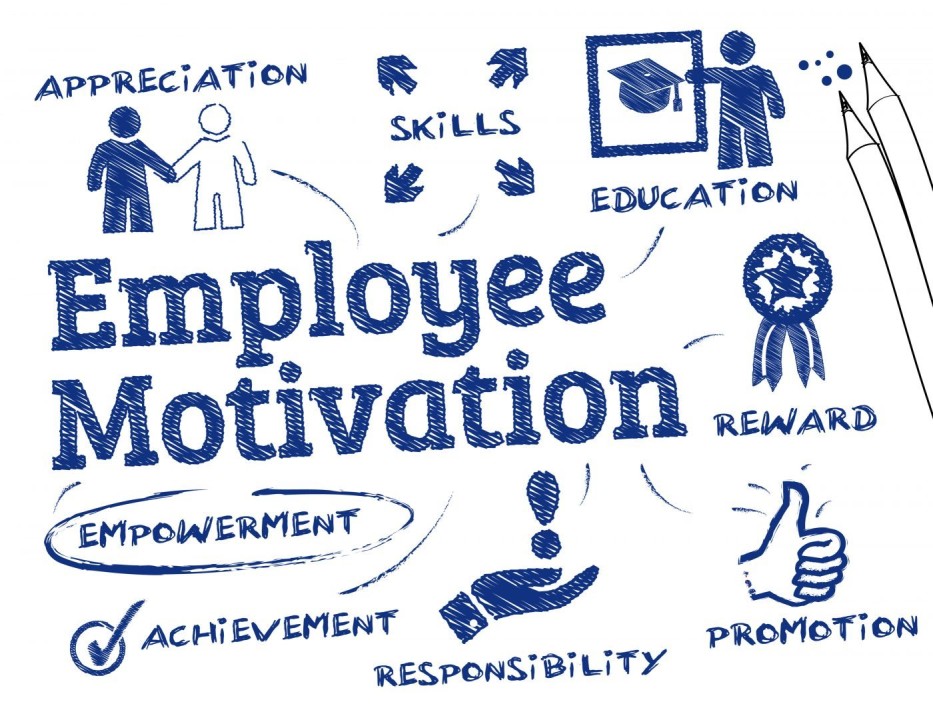Introduction
Employee engagement is a critical factor in the success of any organization. Engaged employees are more motivated, productive, and committed to their work. This article explores strategies to enhance Low Employee Engagement Scores and, in turn, increase motivation within the workplace.
Understanding Employee Engagement
Definition and Importance
Employee engagement refers to the emotional commitment and involvement an employee has towards their organization and its goals. Engaged employees are enthusiastic about their work and take positive action to further the organization’s interests. This engagement leads to higher productivity, improved job satisfaction, and reduced turnover rates.
Key Drivers of Engagement
Several factors contribute to employee engagement, including leadership, recognition, opportunities for growth, and a positive work environment. Understanding these drivers can help organizations implement effective engagement strategies.
Strategies to Enhance Employee Engagement
Effective Communication
Clear and open communication is fundamental to employee engagement. When employees are informed about organizational goals, changes, and their roles, they feel more connected and valued. Regular updates, team meetings, and open-door policies can facilitate better communication.
Recognizing and Rewarding Contributions
Recognition is a powerful motivator. Acknowledging employees’ hard work and achievements boosts morale and reinforces positive behavior. This can be done through formal programs, such as Employee of the Month awards, or informal methods, like verbal praise and thank-you notes.
Providing Growth Opportunities
Career development is a significant driver of engagement. Offering employees opportunities for learning and advancement shows that the organization values their growth. This can include training programs, mentorship, and clear pathways for promotion.
Fostering a Positive Work Environment
A supportive and inclusive work environment enhances employee engagement. This includes promoting work-life balance, creating a safe and respectful workplace, and encouraging teamwork and collaboration. A positive culture makes employees feel more comfortable and motivated.
Empowering Employees
Empowering employees by giving them autonomy and trust can lead to higher engagement levels. Allowing employees to take ownership of their tasks, make decisions, and contribute ideas fosters a sense of responsibility and belonging.
Setting Clear Goals and Expectations
Employees are more engaged when they understand what is expected of them and how their work contributes to organizational goals. Clear, achievable goals provide direction and a sense of purpose. Regular feedback helps employees stay on track and understand areas for improvement.
Encouraging Employee Feedback
Seeking and acting on employee feedback shows that the organization values their input. Regular surveys, suggestion boxes, and feedback sessions can help identify areas for improvement and make employees feel heard and appreciated.
Linking Engagement to Motivation
The Connection Between Engagement and Motivation
Engaged employees are intrinsically motivated. When employees feel valued, recognized, and part of a supportive work environment, their internal motivation increases. This intrinsic motivation is more sustainable and effective than extrinsic rewards alone.
Enhancing Job Satisfaction
High levels of engagement lead to greater job satisfaction. Satisfied employees are more likely to be motivated, as they enjoy their work and feel proud of their contributions. This positive attitude translates into higher performance and productivity.
Reducing Turnover and Absenteeism
Engaged employees are less likely to leave the organization or take unnecessary time off. Lower turnover and absenteeism mean that the organization retains experienced and skilled workers, reducing the costs associated with hiring and training new employees.
Implementing Engagement Strategies
Assessing Current Engagement Levels
Before implementing new strategies, it is important to assess current engagement levels. This can be done through surveys, interviews, and analyzing metrics such as turnover rates and productivity levels. Understanding the starting point helps tailor strategies to specific needs.
Developing a Comprehensive Engagement Plan
A successful engagement plan should address the unique needs and challenges of the organization. This plan should include clear objectives, strategies, and metrics for measuring success. Involving employees in the planning process can also increase buy-in and effectiveness.
Continuous Improvement and Adaptation
Employee engagement is not a one-time effort but an ongoing process. Regularly reviewing and adjusting strategies based on feedback and changing needs ensures that engagement efforts remain effective. Continuous improvement demonstrates the organization’s commitment to its employees.
Conclusion
Employee engagement is a powerful tool for increasing motivation within the workplace. By focusing on effective communication, recognition, growth opportunities, a positive work environment, empowerment, clear goals, and employee feedback, organizations can foster a motivated and productive workforce. Understanding and addressing the key drivers of engagement leads to higher job satisfaction, reduced turnover, and overall organizational success. Implementing and continuously improving engagement strategies is essential for creating a thriving and motivated work environment.
